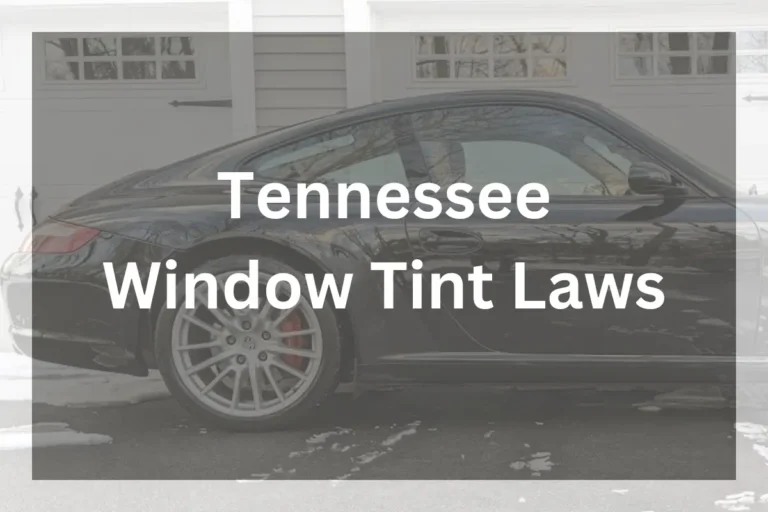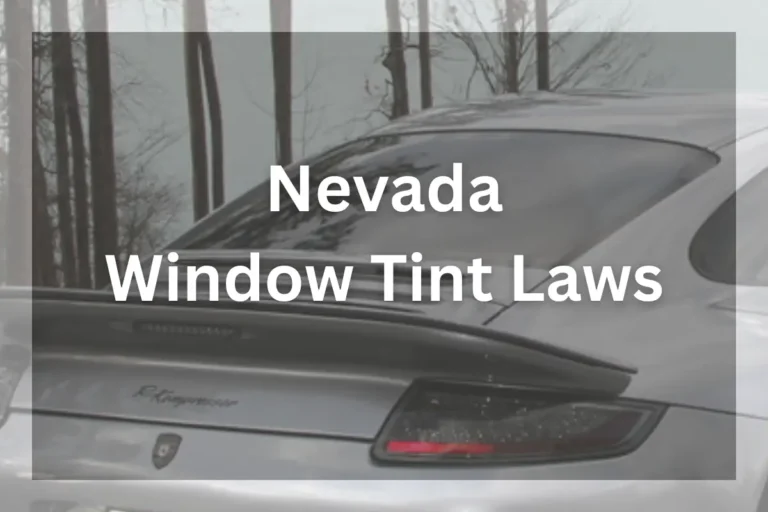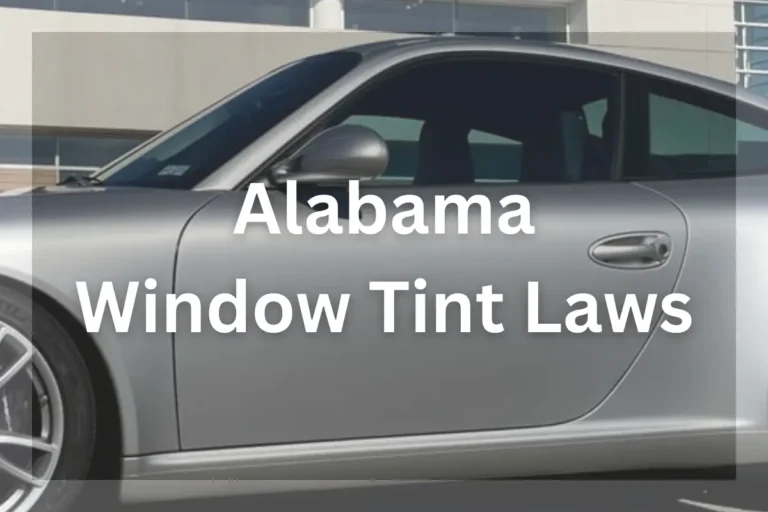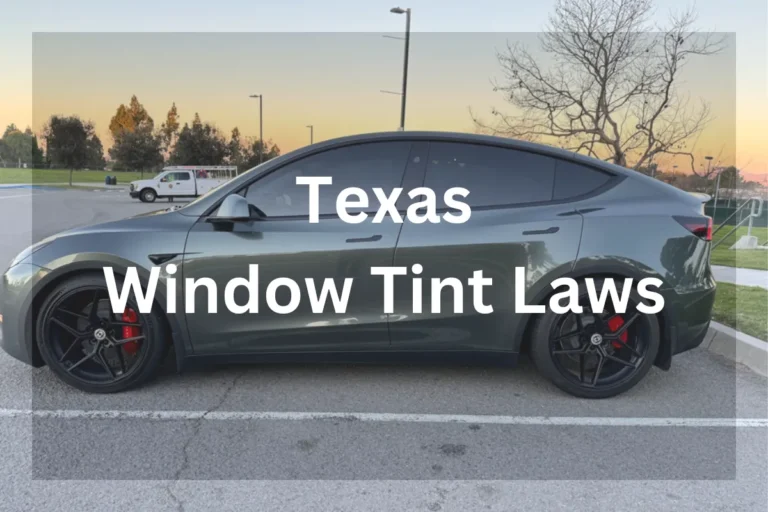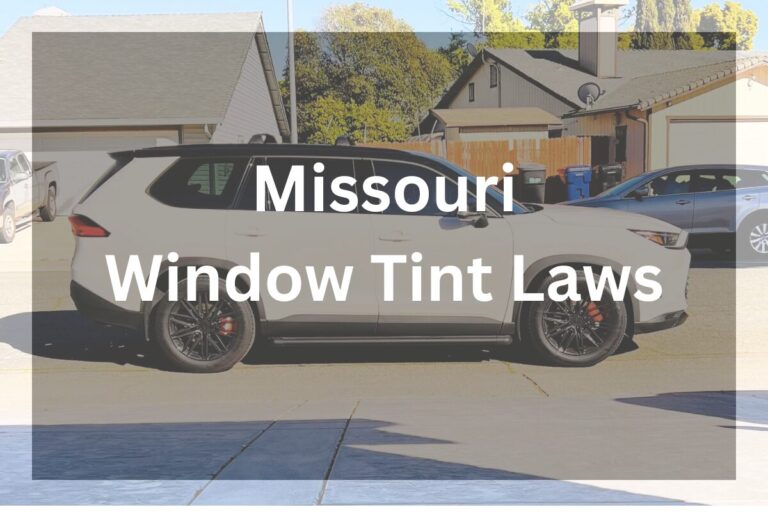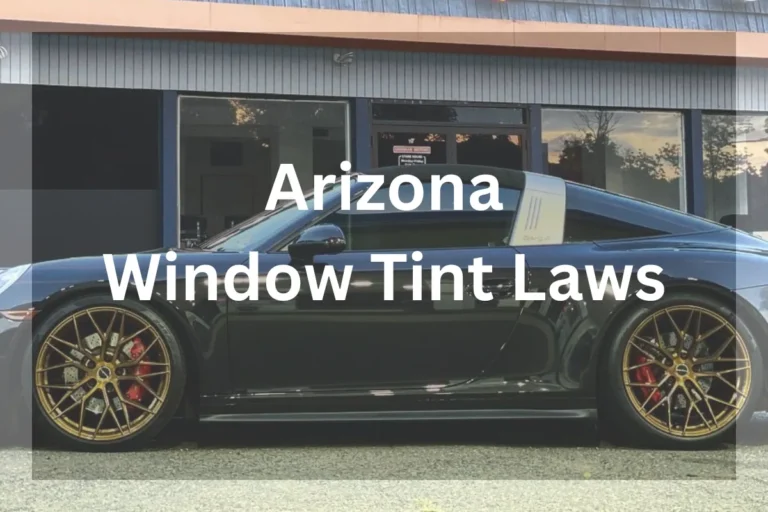Tennessee Window Tint Laws 2025
Tennessee tint laws were enacted in 1990. The darkest legal tint in Tennessee is 70% of VLT for the windshield according to the window tint laws in Tennessee state. How tint percentage is measured by the Tennessee Tint Laws? The legal tint darkness level is measured by Visible Light Transmission (VLT), which indicates the percentage of…
